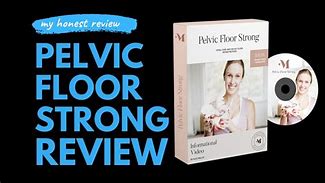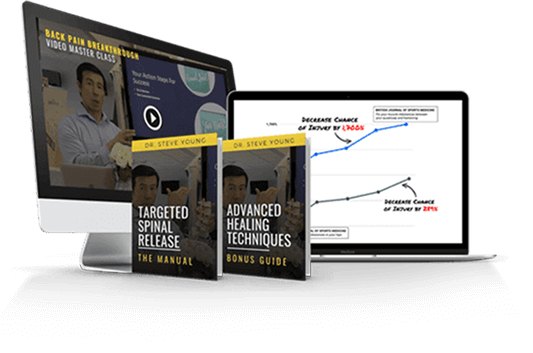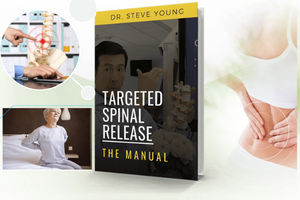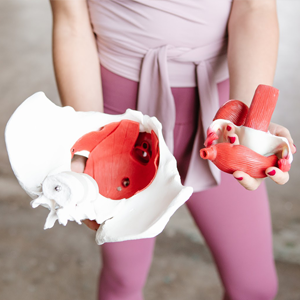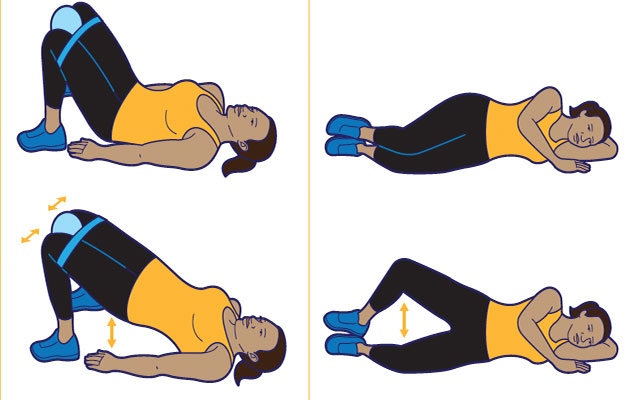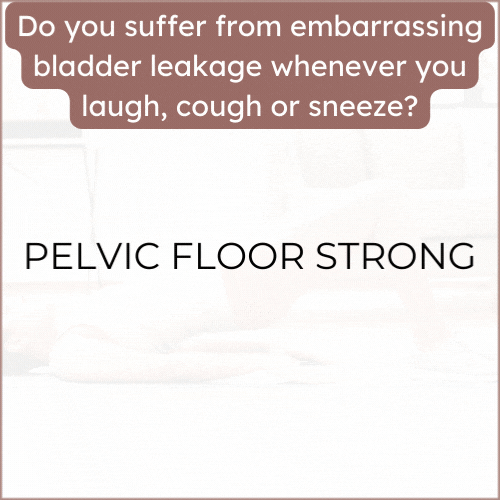Urinary Incontinence in Women Over 35: Tips to Help You Manage It
Urinary incontinence in women over 35 can be managed with various tips and strategies. Here are some valuable tips to help manage urinary incontinence:
- Maintain a Fluid Schedule: Try to schedule your fluid intake to retrain your bladder. Limiting fluid intake after 6 p.m. can reduce nighttime voiding and incontinence. Target a total daily fluid intake of 40–60 ounces to maintain proper hydration without overloading the bladder.
- Avoid Bladder Irritants: Some fluids can irritate the bladder and worsen symptoms. Limit or eliminate caffeine, alcohol, high-citrus content beverages, and tobacco, as they can exacerbate urinary incontinence.
- Establish a Toileting Schedule: Plan to visit the restroom every two to three hours during the day. Normal bladder behavior includes urinating six to eight times per day. This schedule prevents the bladder from becoming too full, reducing the urgency to find a restroom quickly.
- Pelvic Floor Exercises: Strengthening the pelvic floor muscles through exercises like Kegels can reduce urinary incontinence by as much as 90%.
- Dietary Habits: Maintain a healthy diet rich in fiber and stay adequately hydrated. Proper bowel habits can help reduce pressure on the bladder and improve its function.
- Keep a Bladder Diary: Record your fluid intake and toileting pattern in a bladder diary over several days. This can help identify patterns and triggers for urinary incontinence, allowing for more effective management.
Remember that if you're experiencing urinary incontinence, it's essential to consult with a healthcare professional. They can provide a proper diagnosis and recommend treatments or interventions tailored to your specific condition and needs.










